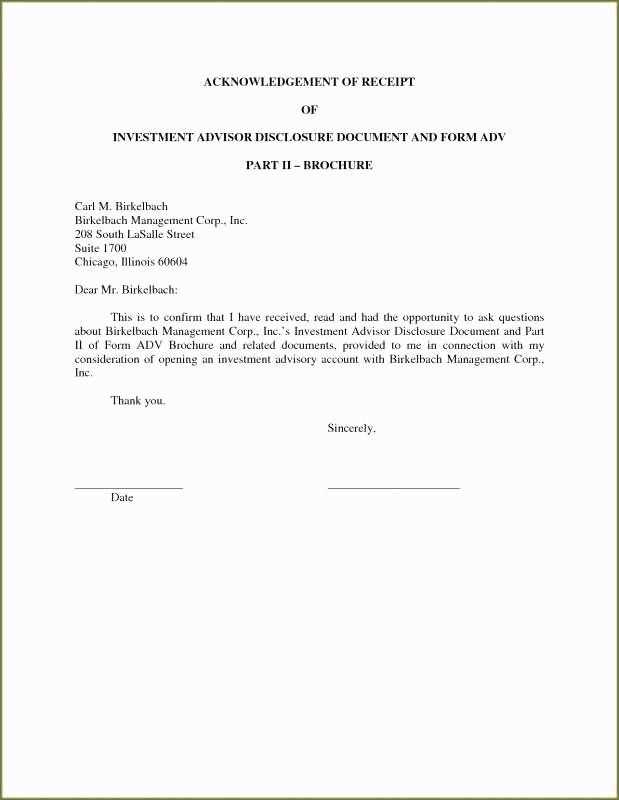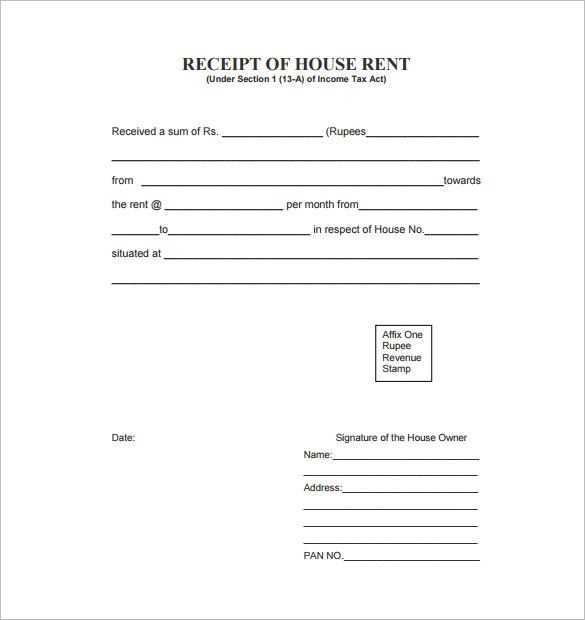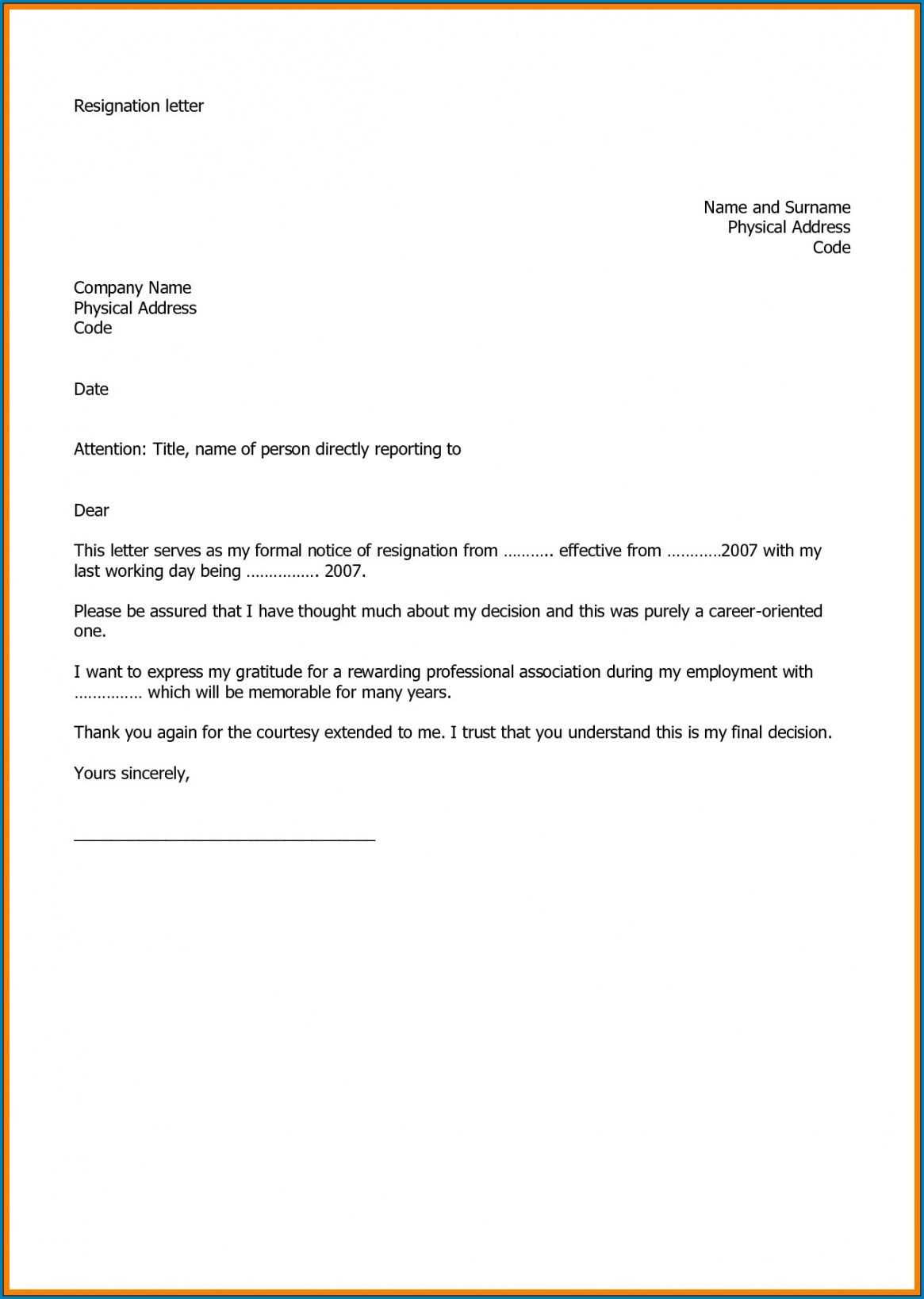
Use a clear and straightforward format when crafting an acknowledgment letter to confirm the receipt of a document or item. This template provides the structure to ensure both parties have an official record of the exchange.
Start with a brief but direct statement confirming the receipt. Include key details such as the date of receipt and the specific item or document involved. Mention any actions or next steps, if necessary, to clarify the purpose of the letter.
End with a professional closing that invites further communication. Acknowledge your willingness to assist with any questions or provide additional information. This approach helps maintain transparency and assures the recipient of your attention to the matter.
Here is the revised version:
To confirm receipt of a document, use clear and concise language. Acknowledge the sender’s message by stating that you have received it, including the relevant details. Mention any necessary next steps or actions that will be taken. This helps to set clear expectations for both parties.
Example: “I am writing to confirm the receipt of your letter dated February 10th, 2025. We will review the contents and respond with the required feedback by February 15th, 2025.” Be sure to keep the tone professional and straightforward.
Always verify the document’s accuracy before responding. This ensures that there is no confusion or misunderstanding regarding the content or requirements. If any documents are missing, clearly outline what is needed from the sender.
In case of further inquiries, assure the sender that they can reach out for clarification or additional information. This fosters transparency and avoids any miscommunication.
- Acknowledge Receipt Letter Template
Begin by including the date at the top of your letter. Follow with the recipient’s full name and their contact information. Ensure that you clearly state the purpose of the letter in the opening sentence, such as confirming the receipt of a document, package, or communication. For instance:
Example 1:
Dear [Recipient’s Name],
We are writing to confirm that we have received [the document/package/letter] on [date]. Thank you for sending it to us. We will review it promptly and get back to you with any further information if necessary.
In the next paragraph, provide brief details of the contents received and acknowledge any additional steps if applicable. If you need to address any specific points, do so clearly and directly. For example:
Example 2:
We have reviewed the information provided and will begin processing your request. Should we require further clarification, we will reach out to you directly.
Conclude with a polite sentence thanking the recipient and providing your contact details for any further communication:
Example 3:
If you have any questions, please do not hesitate to contact us at [phone number/email]. We look forward to working with you further.
End the letter with a professional closing statement such as “Sincerely” or “Best regards,” followed by your name and title. This template ensures a straightforward and professional acknowledgment, establishing clear communication from the outset.
Begin with a clear and direct heading that indicates the purpose of the letter, such as “Acknowledgment of Receipt” or “Confirmation of [specific item].” This immediately tells the recipient the nature of your communication.
Opening Paragraph
The opening paragraph should confirm the receipt of the specific document, item, or request. State the exact date and any pertinent details, like item number or reference number, to avoid any confusion. Keep this part brief and factual.
Middle Paragraph
In this section, provide additional details regarding the acknowledgment. For example, if the letter is confirming the receipt of an application or a payment, mention any next steps or what the recipient can expect going forward. This part may also address any follow-up actions, timelines, or conditions if applicable.
- State the next steps clearly (e.g., processing, review, action required).
- If needed, specify the timeline for any further communication or steps.
Closing Paragraph

End with a polite, professional closing that expresses your willingness to provide further assistance or clarification if necessary. Reinforce the acknowledgment with a short phrase like “Thank you for your submission” or “We appreciate your attention to this matter.”
Sign off with your name, position, and contact information to ensure the recipient can reach out with any questions or concerns.
Choose clear and direct language to ensure the message is well-understood. Begin with an acknowledgment of receipt, followed by specific details, including the type of document or item received, and express gratitude if necessary.
Basic Acknowledgment Phrases
Start with phrases like:
- “We have received your [document/item].”
- “This letter confirms receipt of [specific item].”
- “Thank you for sending [document/item].”
Specific Details to Include

Provide clarity by including the following specifics:
- “We received [item] on [date].”
- “Your [request/letter] has been successfully received and is currently under review.”
- “The documents you provided will be processed accordingly.”
Language for Acknowledging Actions or Next Steps

After confirming receipt, include information about the next steps:
- “We will proceed with the next steps and notify you accordingly.”
- “Your request is being processed and you will receive an update soon.”
- “Should we need additional information, we will reach out to you promptly.”
| Action | Example Phrase |
|---|---|
| Confirm Receipt | “We have received your [item] on [date].” |
| Express Gratitude | “Thank you for your prompt submission of [item].” |
| Clarify Next Steps | “Your request will be processed and you will hear from us shortly.” |
Avoiding vagueness is key. Be specific about the subject you’re acknowledging and clarify the purpose of the letter. Generalities make your letter less meaningful and can confuse the recipient.
Don’t forget to include the correct details. Ensure that dates, names, and other specifics are accurate to avoid misunderstandings. Even small errors can reflect poorly on your attention to detail.
Refrain from using overly formal or stiff language unless the context calls for it. Acknowledgment letters should be professional but approachable. Overly complex or outdated expressions can make the letter feel distant and impersonal.
Be careful with tone. An overly enthusiastic or, conversely, a too-casual tone can make the message seem insincere. Strike the right balance, maintaining respect and professionalism.
Avoid being too brief. While the letter should be concise, skipping important information can leave the recipient unclear about your acknowledgment. Ensure your message is complete without being overly detailed.
Don’t neglect the closing statement. Always end the letter with a clear, courteous conclusion, thanking the recipient and reiterating your acknowledgment, to ensure a positive lasting impression.
This is how I avoided repetitions while preserving the meaning.
When drafting an acknowledgment receipt letter, avoid repeating information that’s already clear. This makes your message more concise and easier to follow. For instance, don’t reiterate the same details in different sections of the letter. Focus on communicating each point once, while still ensuring that all necessary information is included.
- Start with a clear introduction, mentioning the document being acknowledged.
- Provide essential details such as the date and specific contents or actions being acknowledged.
- Conclude with a polite closing statement, confirming that the acknowledgment has been understood.
By sticking to these guidelines, you can maintain clarity without sounding redundant. Remember, the goal is to ensure all key points are addressed without unnecessary repetition.


